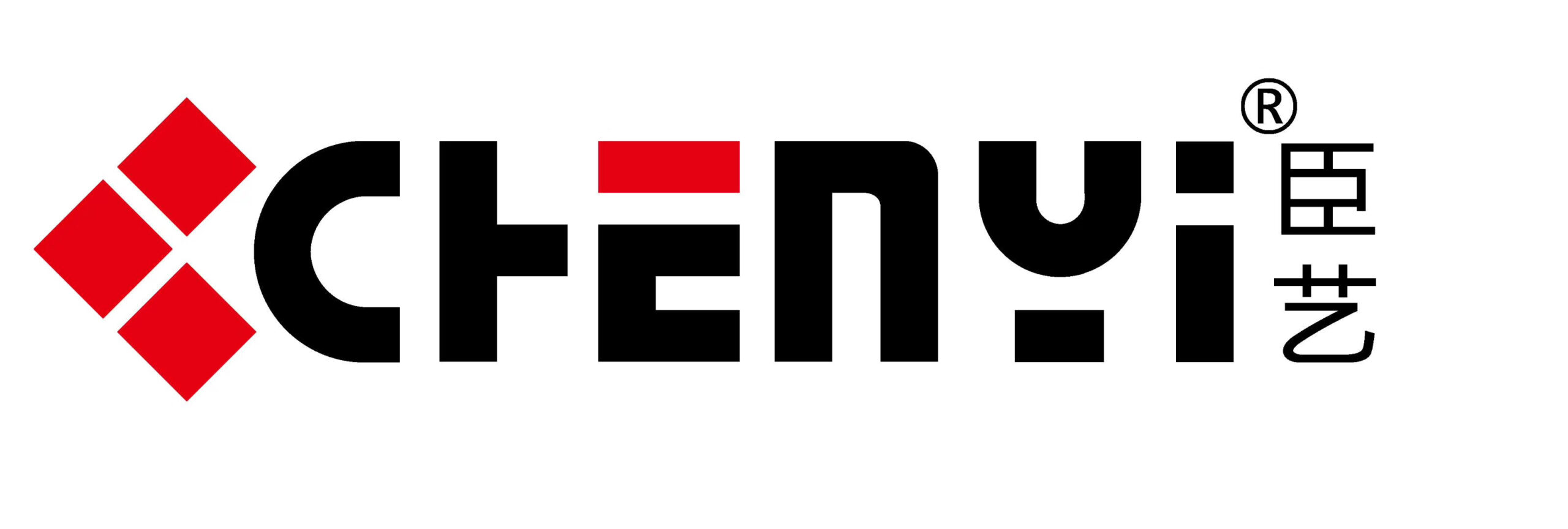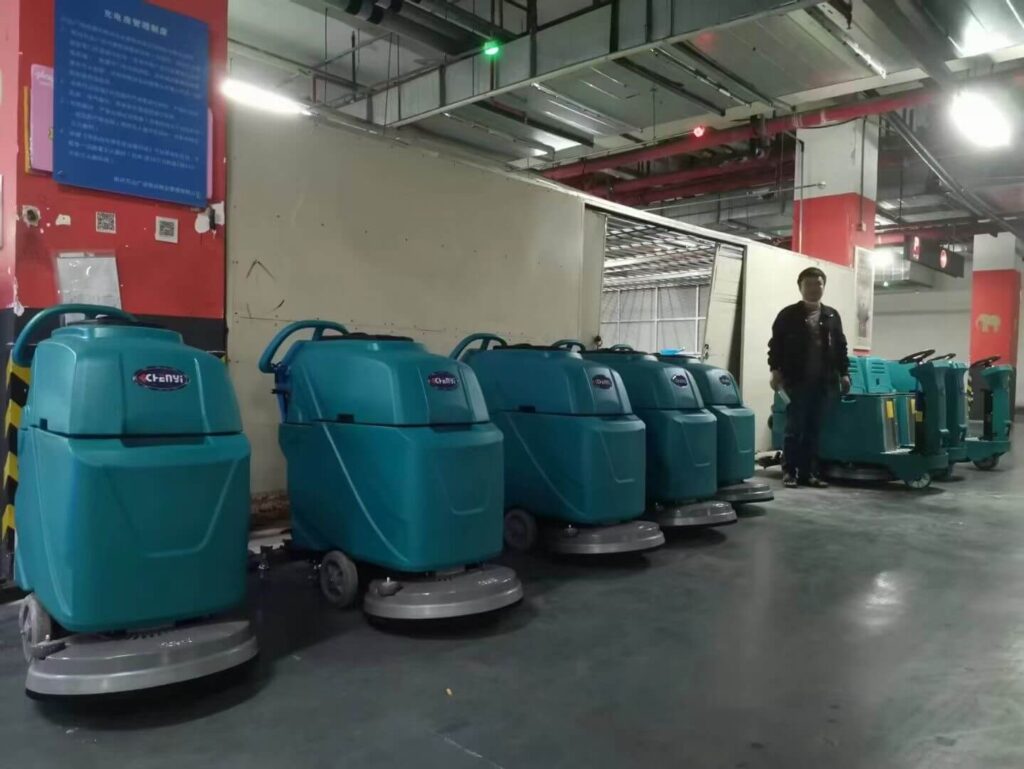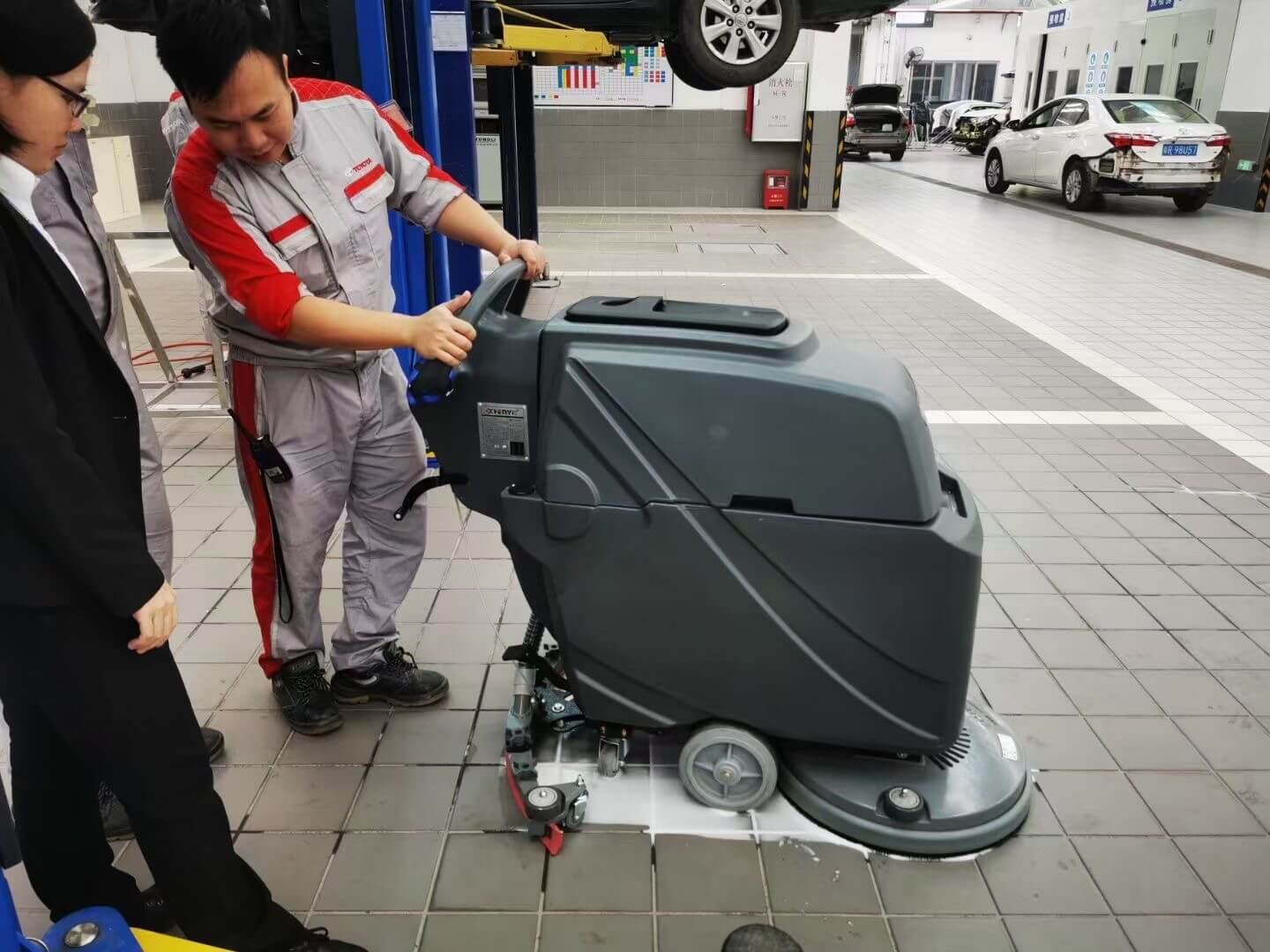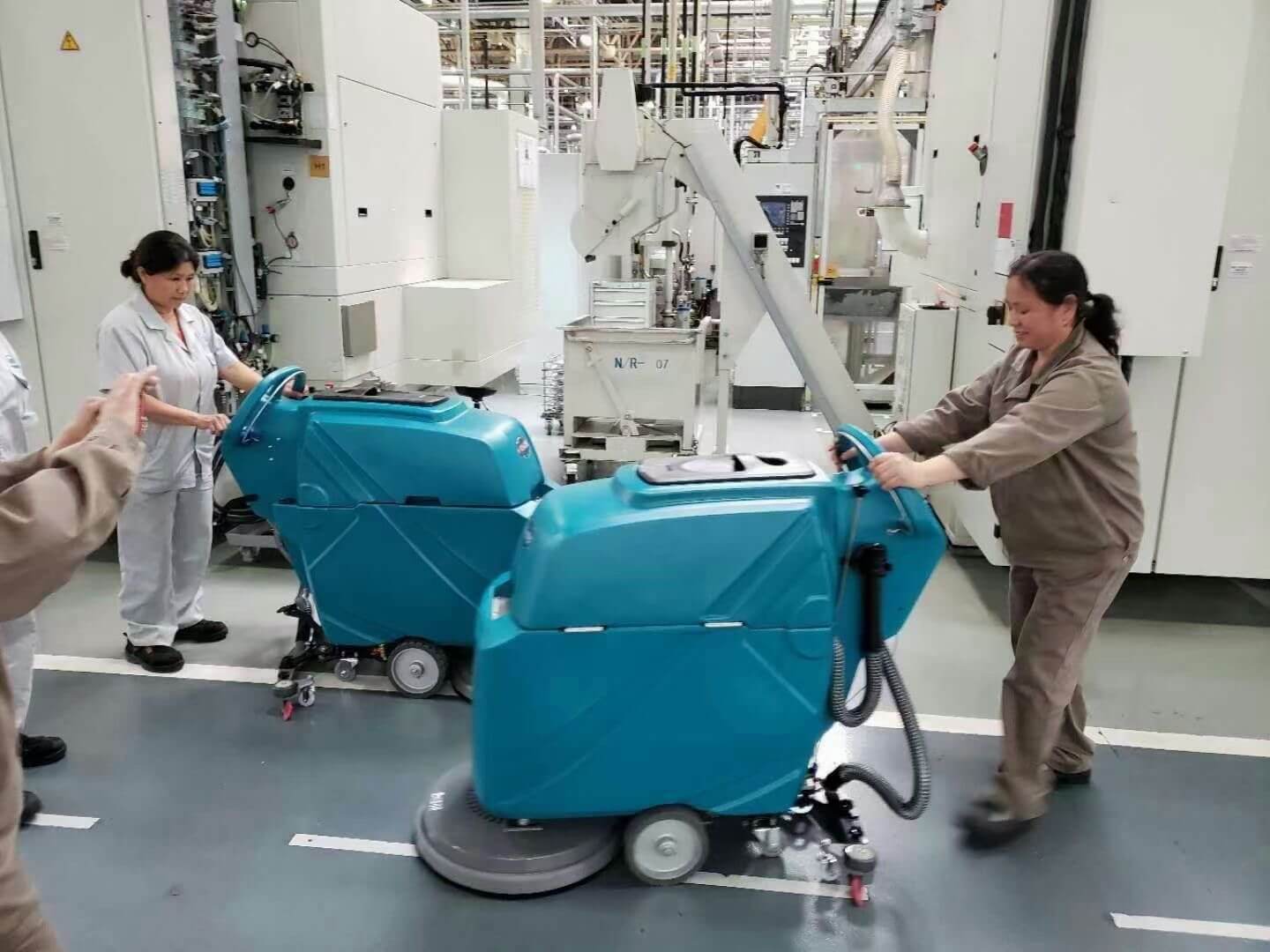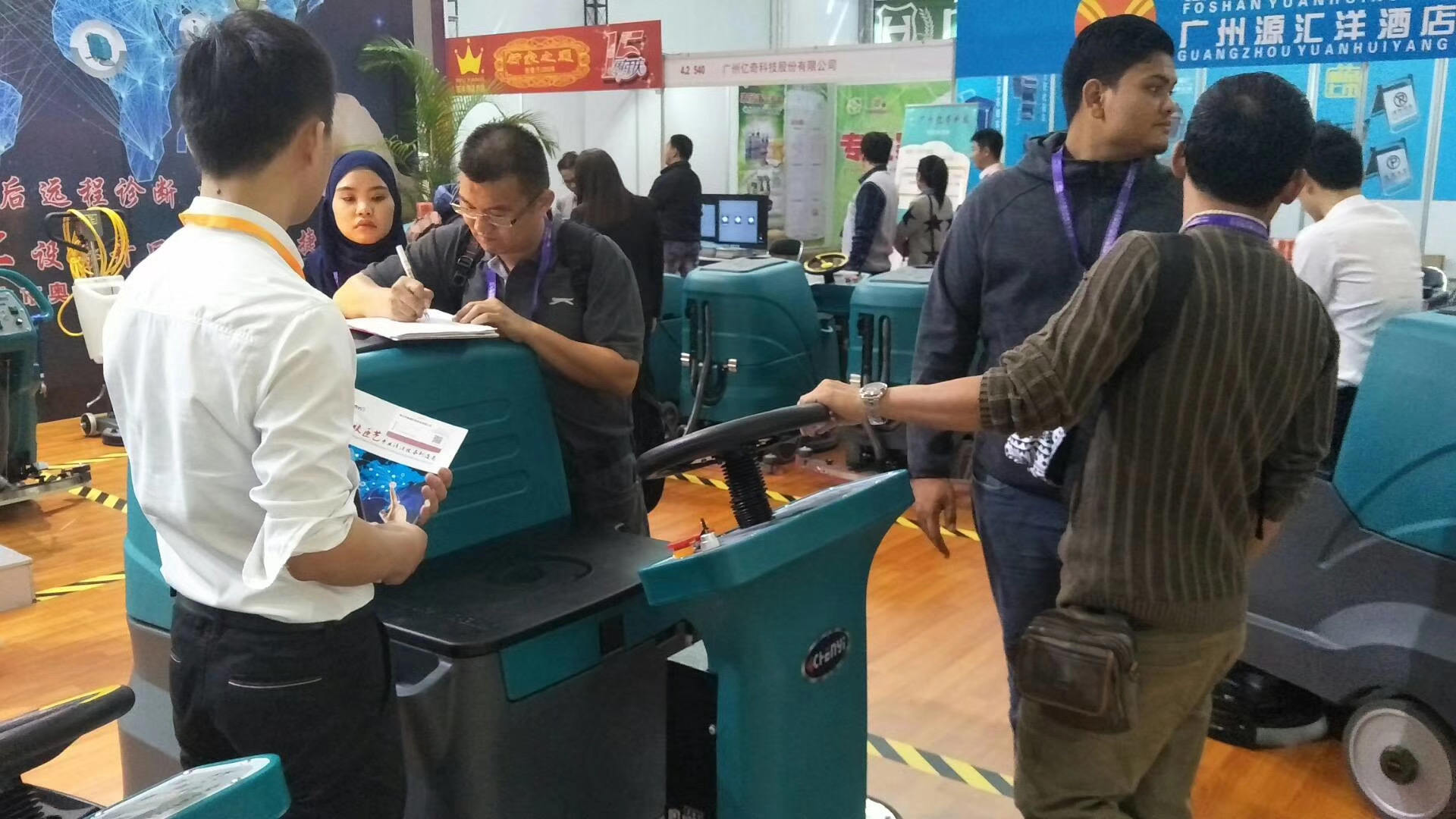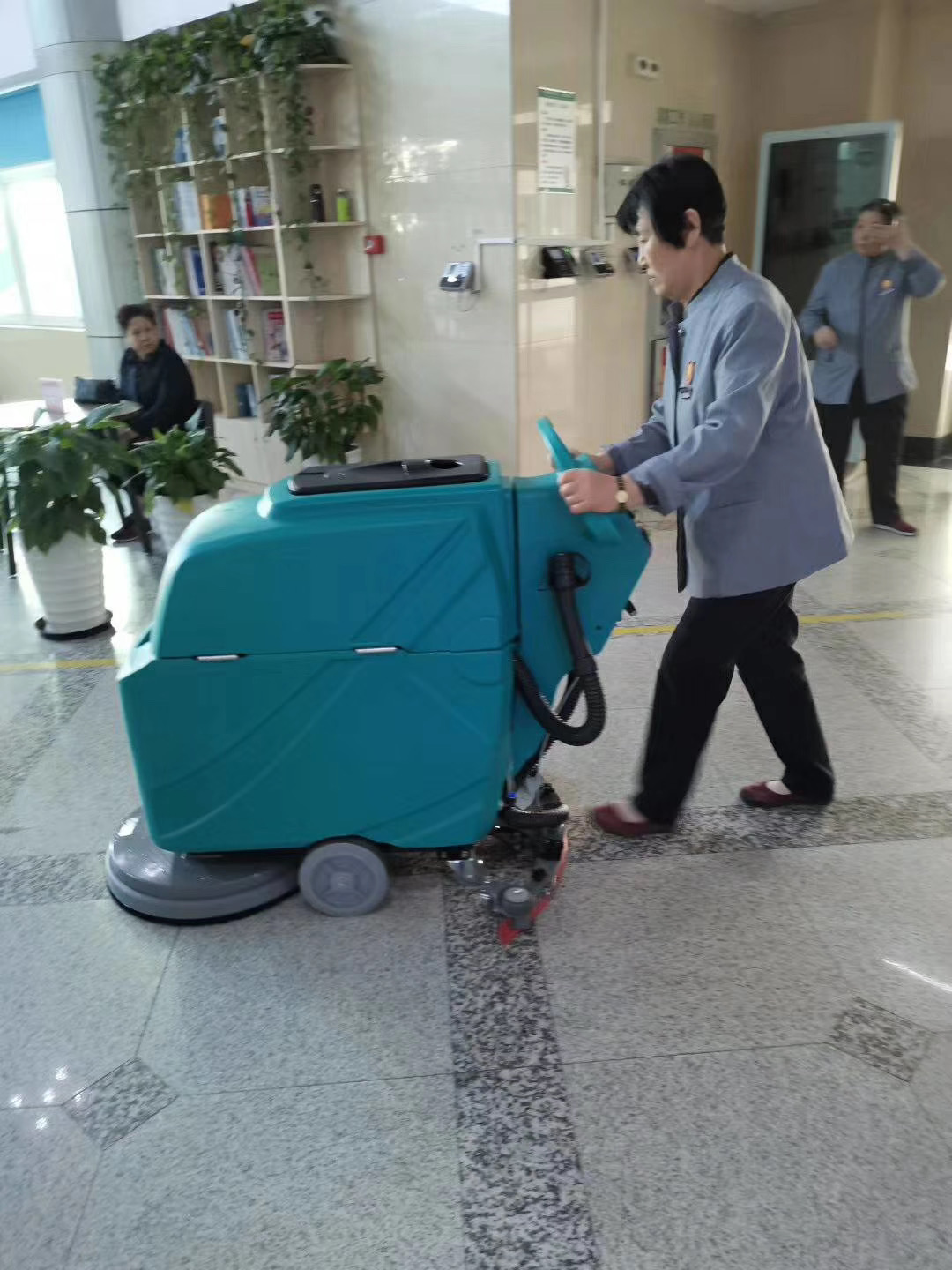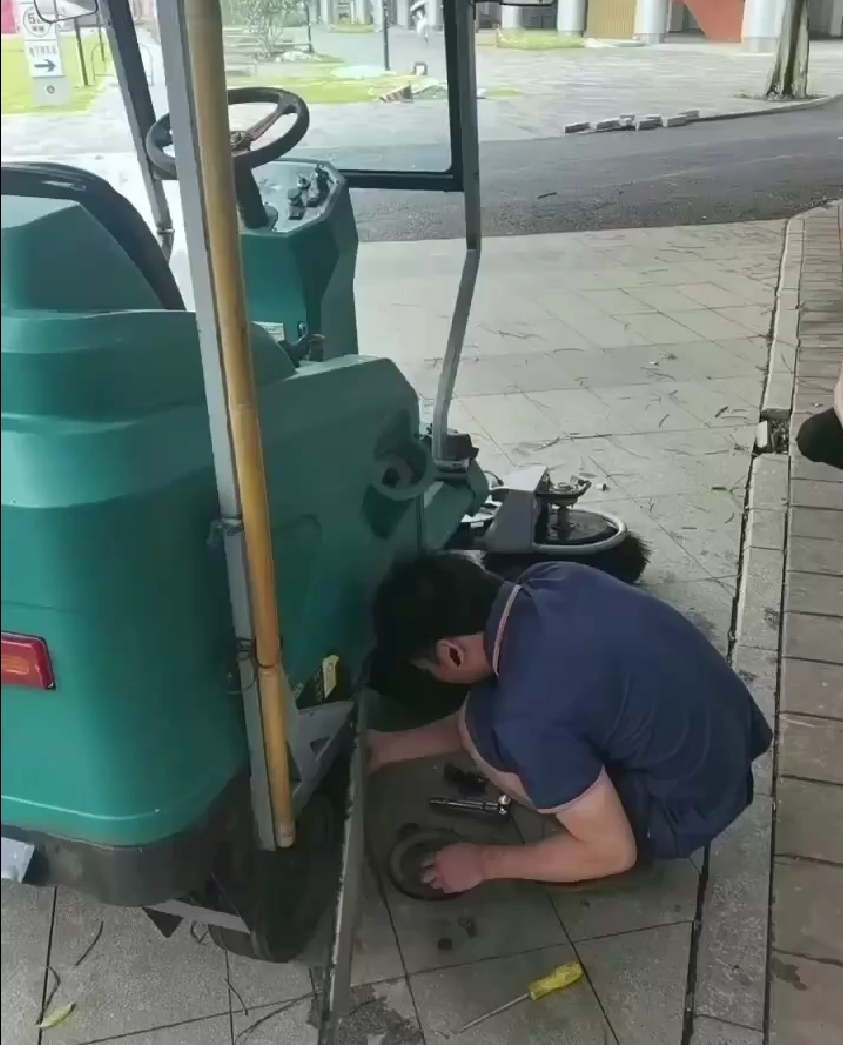When I first started working with floor scrubbers and sweepers over a decade ago, I quickly learned something many overlook: maintenance isn’t optional—it’s the key to making your machine last. I’ve seen machines break down after just a year, and others still working like new after 6 or even 8 years. What’s the difference? Daily care, smart habits, and a little know-how.
If you’re using industrial floor cleaning equipment in your warehouse, shopping center, hospital, or office building, this guide is for you. Whether you’ve just bought a new scrubber or you’ve had your sweeper for years, I’ll walk you through the practical steps that will extend its lifespan beyond 5 years—saving you thousands in repairs or replacements.
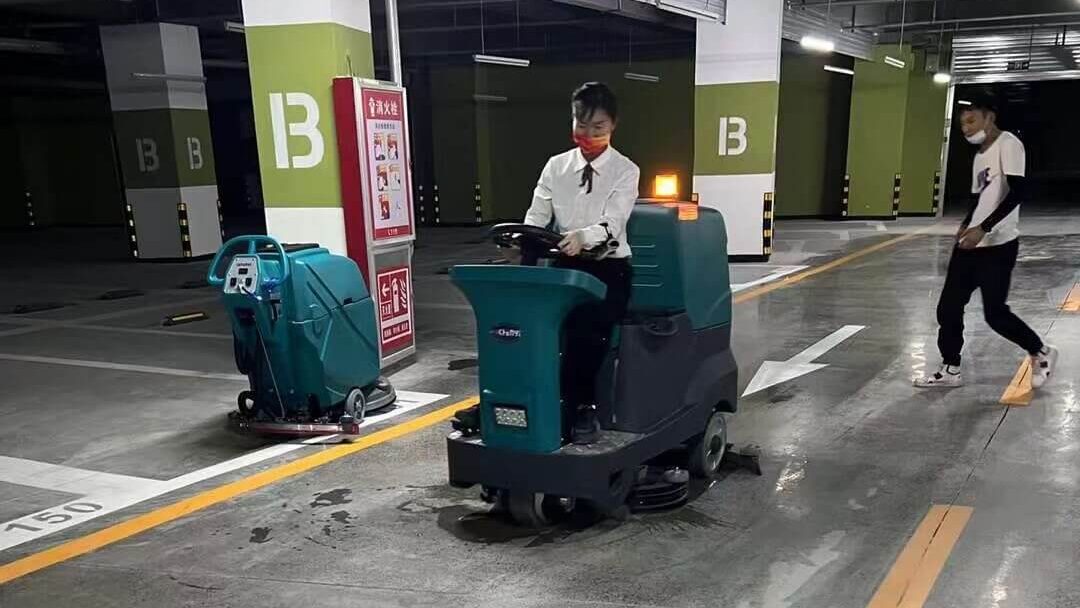
Why Maintenance Really Matters
Let’s be honest—these machines aren’t cheap. Whether it’s a ride-on scrubber or a compact sweeper, you’ve made an investment. And like any investment, the return depends on how you take care of it.
Without regular upkeep, what happens?
- Battery problems that reduce run-time
- Dirty tanks that spread germs instead of cleaning
- Brush damage that affects cleaning performance
- Breakdowns that stop your operations
But when you follow a consistent maintenance schedule, here’s what you get:
- A machine that lasts over 5 years
- Consistent cleaning quality
- Fewer emergency repairs (which can be expensive)
- Lower total cost of ownership
And the best part? You don’t need to be a technician to do most of it. You just need a routine. Let’s build one together.
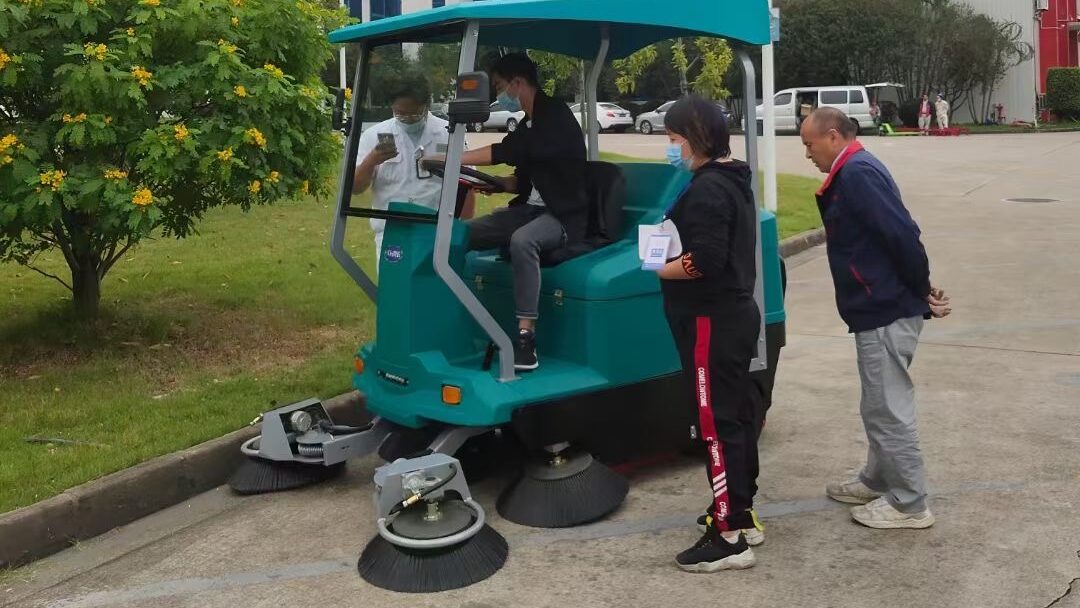
Daily & Weekly Maintenance Checklist
This is your foundation. A few minutes each day can add years to your scrubber or sweeper.
✅ Daily Tasks (After Each Use)
- Empty and rinse the recovery tank – Dirty water left overnight leads to mold and odor.
- Check the squeegee blades – Worn or damaged blades leave streaks and reduce suction.
- Clean brushes or pads – Hair, debris, and string can wrap around the brush and reduce effectiveness.
- Inspect the battery connections (if applicable) – Look for corrosion or loose terminals.
- Wipe down the machine – Dust and dirt can build up on sensors and vents.
📝 Tip from our service team: “Never leave water in the tank overnight. It’s the #1 cause of odor and bacteria.”
📆 Weekly Tasks
- Inspect filters and vacuum hoses
- Check water flow from the solution system
- Test all safety switches and emergency stops
- Look over tires and wheels for wear and tear
- Top off battery water (if lead-acid)
Print this checklist and post it next to your equipment. Even better, train your operators to follow it every time.
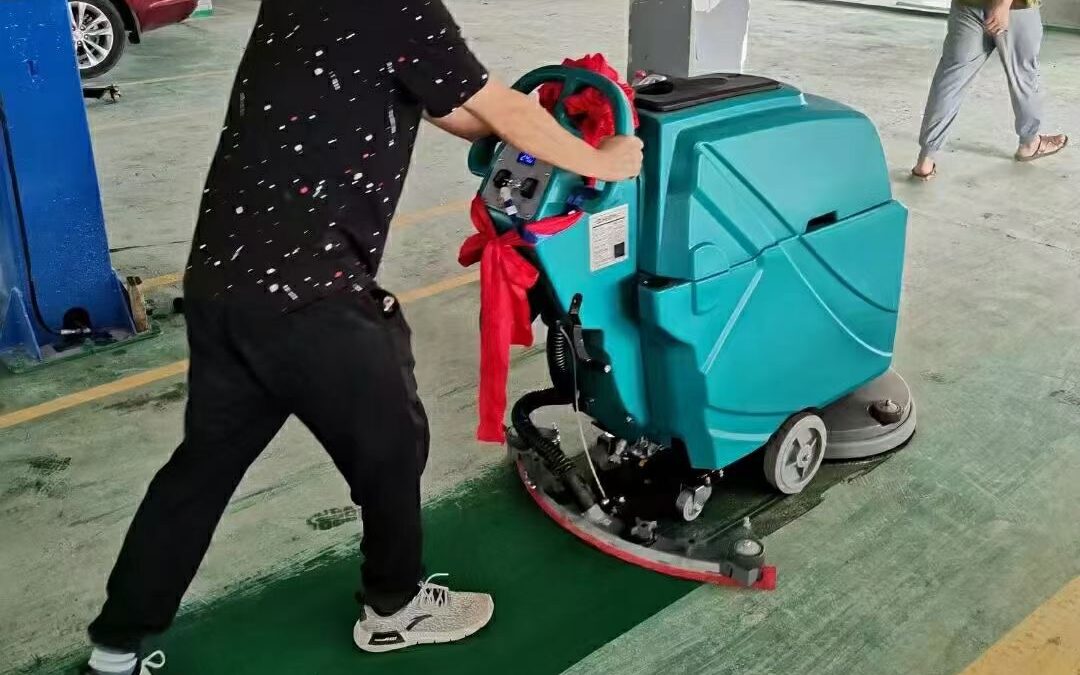
Monthly & Annual Maintenance Tips
Once a month, go a little deeper. This is where many facilities skip steps—and that’s where problems begin.
🔧 Monthly Checks
- Lubricate moving parts, especially casters and hinges
- Clean and flush solution lines
- Inspect belts, chains, or drive components
- Run a diagnostic (if your machine has it)
📅 Annual Maintenance
- Full inspection by a technician
- Replace worn-out parts like squeegees, brushes, and filters
- Battery load testing
- Firmware/software update (for advanced models)
If you’re not confident doing this yourself, schedule a professional maintenance appointment. It’s cheaper than replacing a motor six months later.
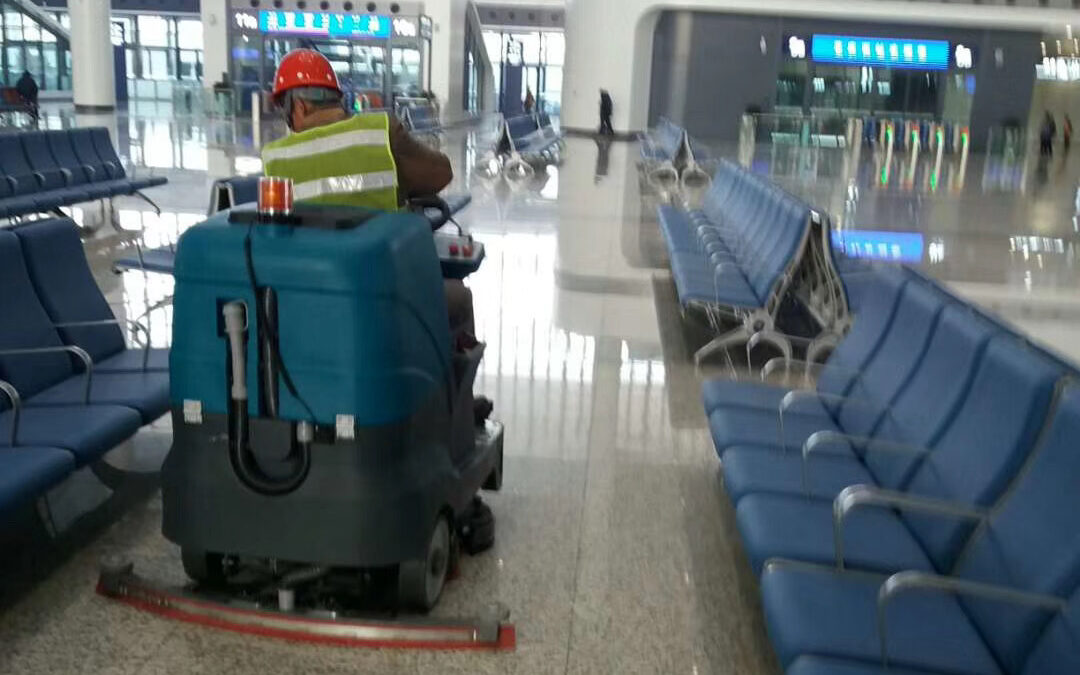
Best Practices to Maximize Machine Lifespan
After working with thousands of machines, here are the golden rules that separate 1-year problems from 5+ year successes.
🔋 1. Treat your battery right
- Charge after every use, not just when it’s low
- Never let it fully discharge
- Use only manufacturer-approved chargers
🧼 2. Use the right chemicals
Harsh or incorrect chemicals damage tanks, hoses, and sensors. Always follow your equipment manual—or better yet, ask your supplier what’s best for your floor type.
🏷️ 3. Use original parts
It might seem cheaper to use third-party blades or brushes—but they wear faster and can void your warranty. Trust me, original parts are worth it.
🌡️ 4. Store it properly
Don’t leave machines in humid rooms or directly under the sun. Temperature and moisture can kill your battery and electronics.
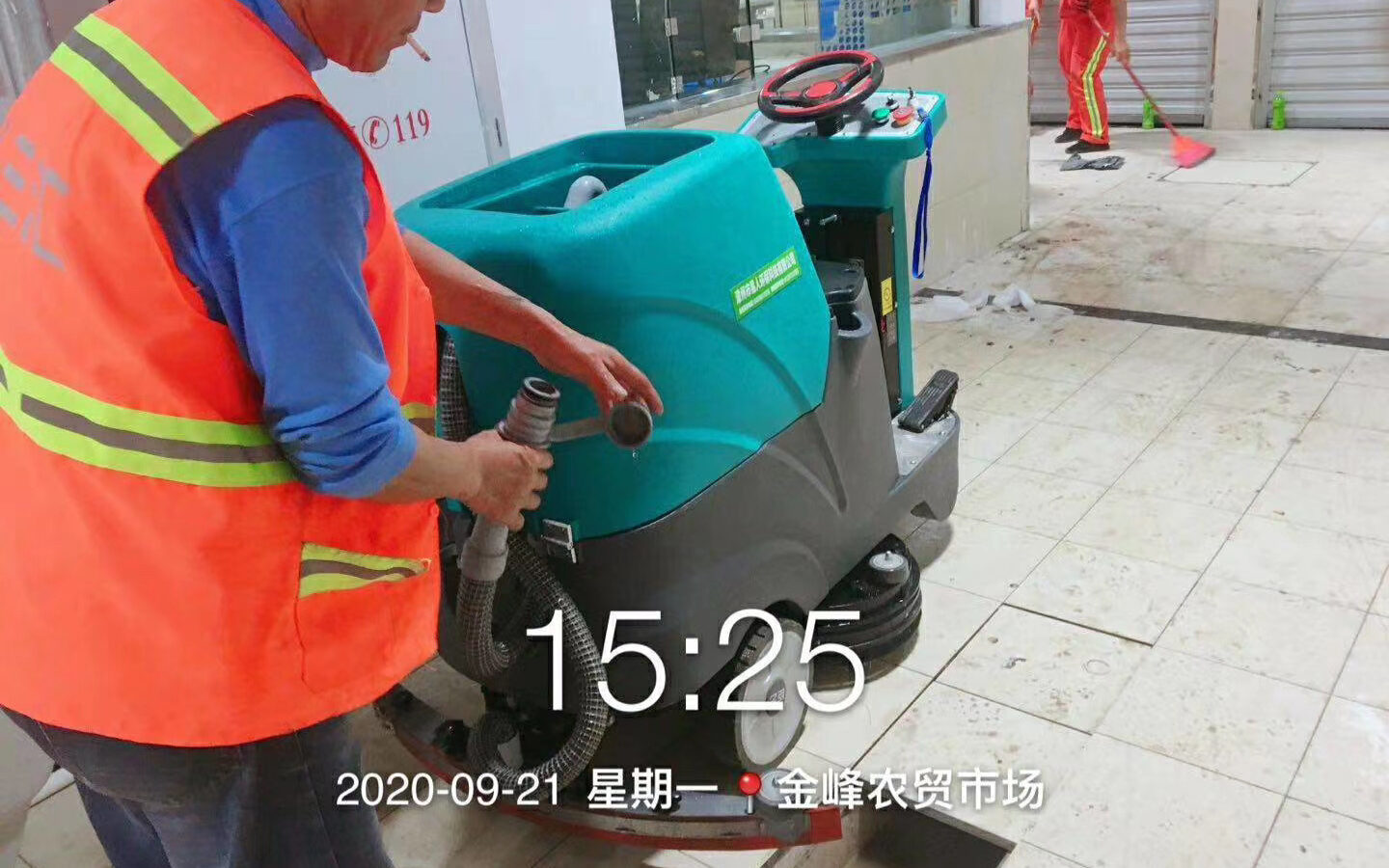
Common Mistakes That Shorten Lifespan
I’ve visited dozens of warehouses and buildings where the same mistakes show up. Let’s avoid them:
- ❌ Leaving dirty water in the tank
- ❌ Using bleach or corrosive chemicals
- ❌ Letting untrained staff operate or repair the machine
- ❌ Ignoring warning lights or strange noises
- ❌ Running the machine over sharp objects or heavy debris
These mistakes might not cause immediate failure—but over time, they add up.
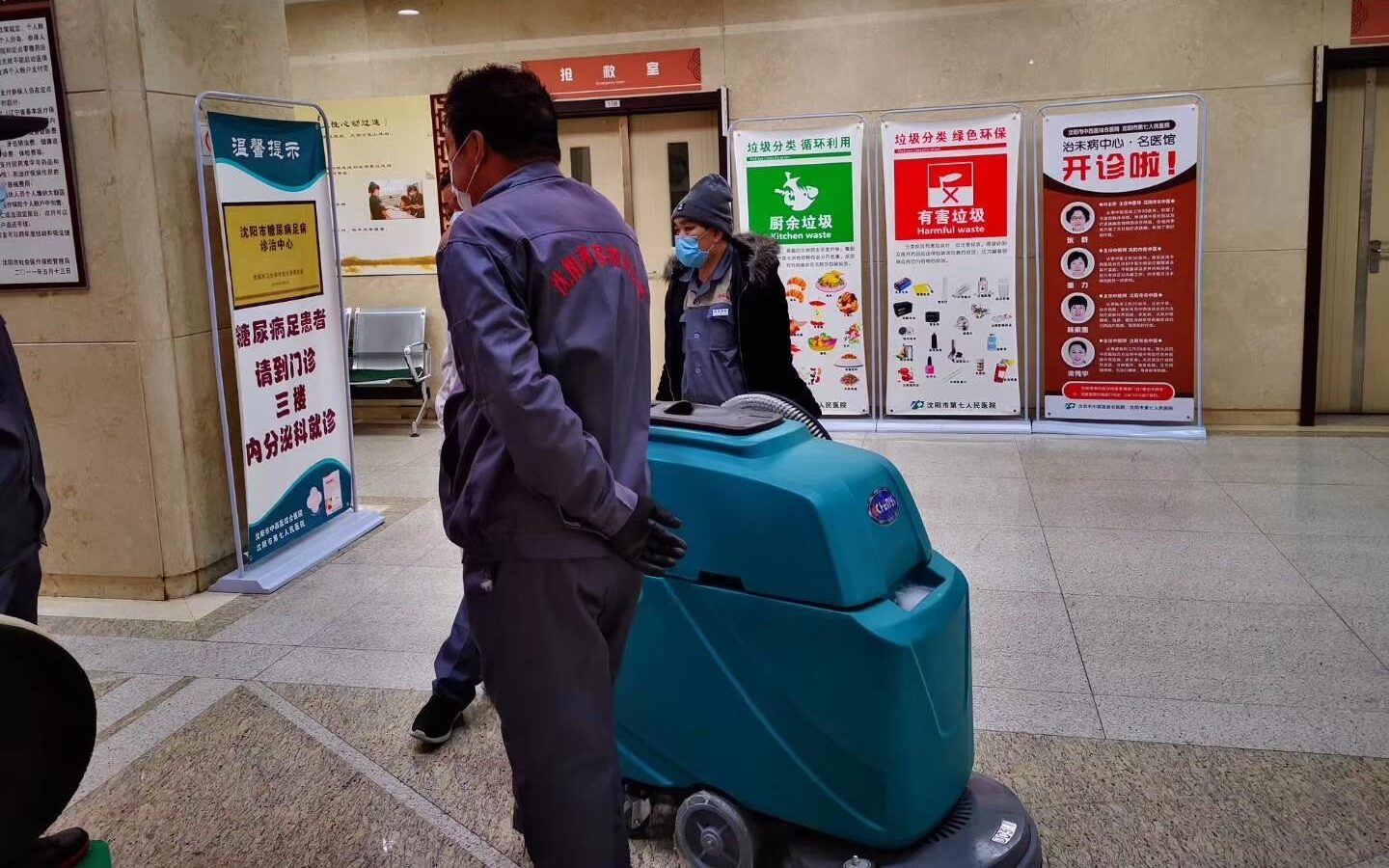
Real Story: A Scrubber That Lasted 8 Years
One of our long-term clients, a logistics warehouse, bought a mid-range ride-on scrubber from us in 2016. They followed our maintenance guide closely—daily cleaning, monthly checks, and one professional inspection per year.
Today, 8 years later, that same machine is still operating at 90% of its original performance. Minimal part replacements. Zero motor failures. It paid for itself in the first 3 years. The rest is profit.
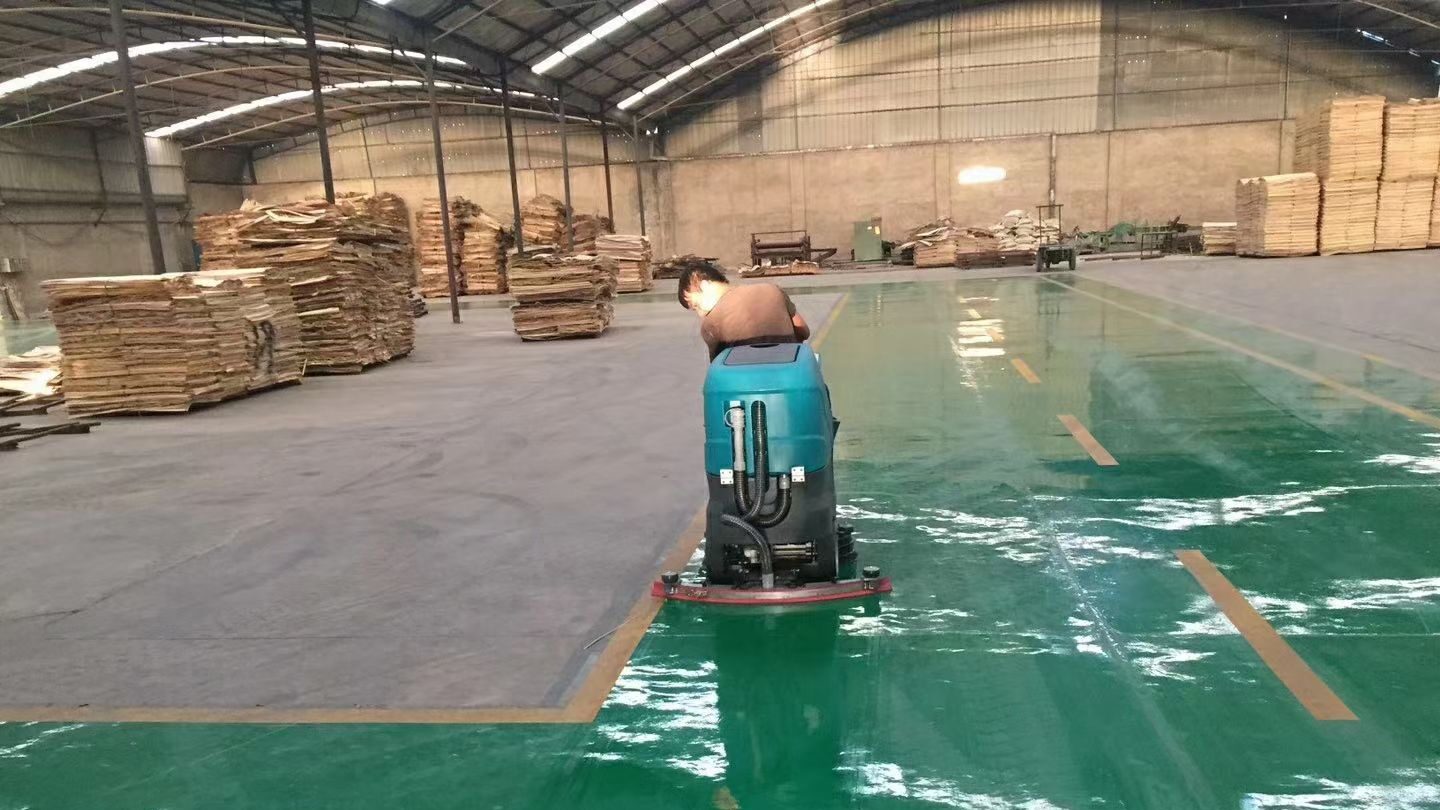
Conclusion: Maintenance = Money Saved
Your scrubber or sweeper is more than a tool—it’s part of your operation. Whether you run a single machine or a fleet of cleaning equipment, the rules are the same: Take care of it, and it will take care of you.
Let’s make your machine last. Let’s make your investment count.
✅ Want your scrubbers to last over 5 years?
[Contact us to Get our Free Maintenance Checklist] or [Contact us for expert service.]
🔧 Need help with service or repairs?
Our team can inspect, service, and even upgrade your current machine.
[Book a consultation today]
